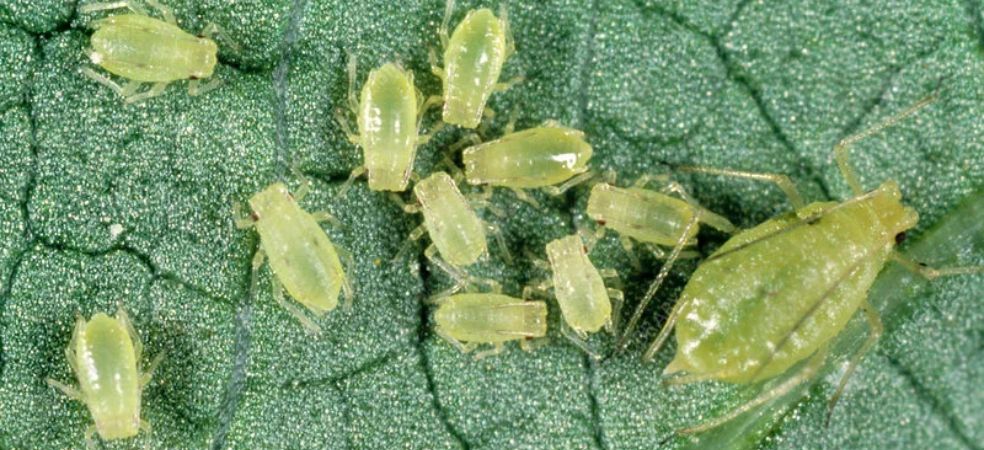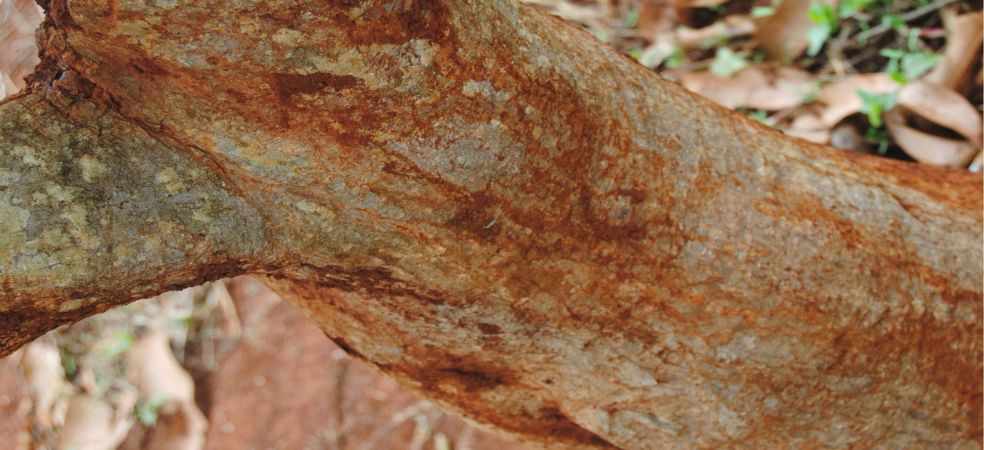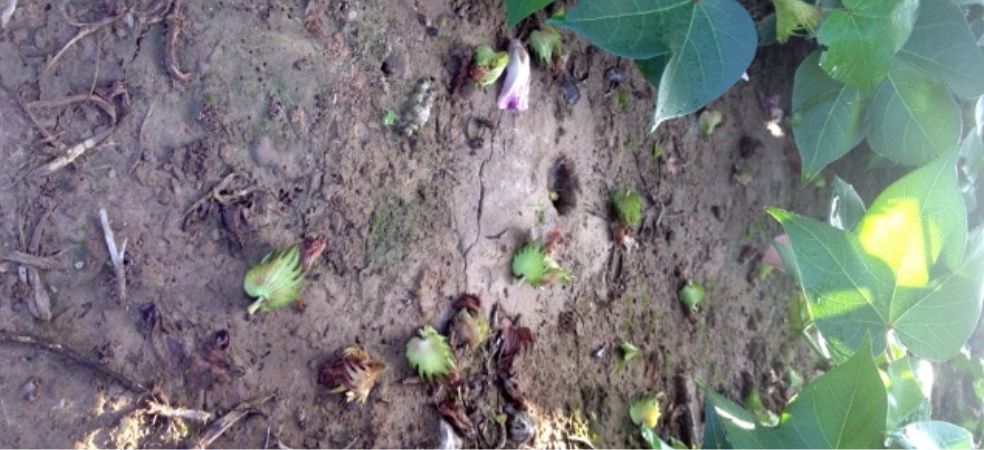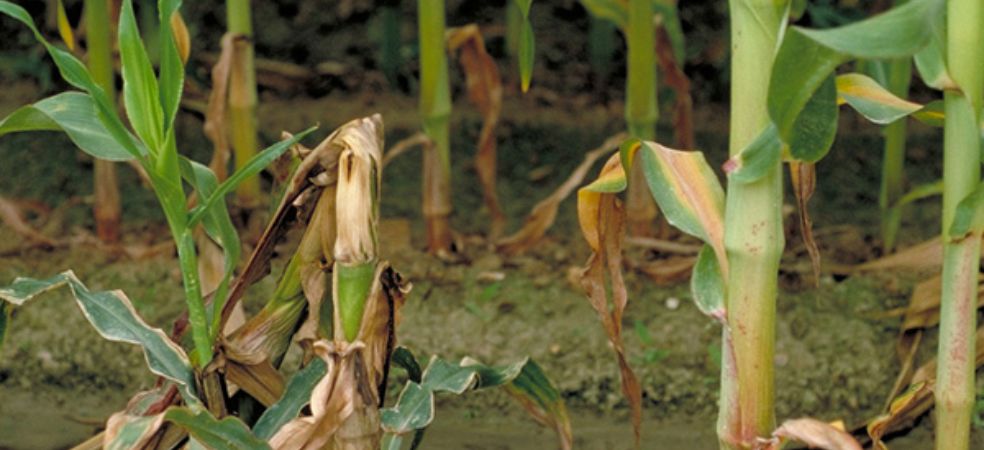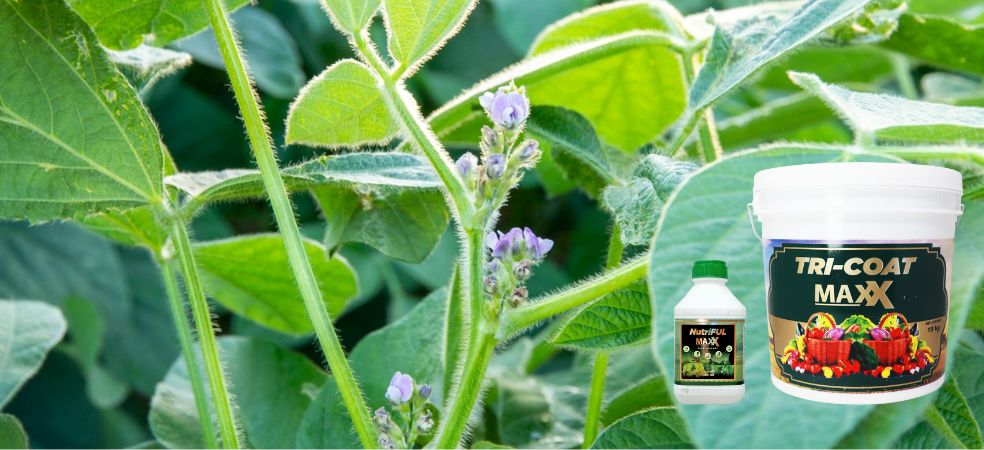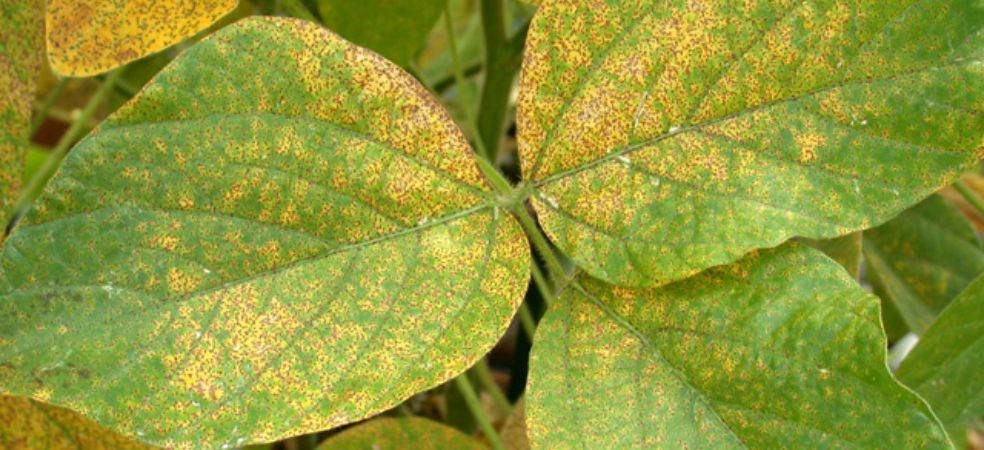Aphid :- Aphid is a small insect that sucks the sap of leaves. The young and adults of this insect are greenish-yellow in color, which are found in innumerable numbers on the lower surface of the leaves, which suck the sap of the leaves. As a result, the leaves shrink and the color of the leaves becomes yellow. Later the leaves become stiff and dry and fall off after some time. Plants on which there is an outbreak of aphid, that plant does not develop properly and the plant appears to be diseased.
Control Measures:-
-
For the control of this pest, spray Marshal (Carbosulfan 25% EC) @ 500 ml or Novaceta (Acetamiprid 20% SC) @ 20 gm or KRI-March (Buprofezine 25% SC) @ 400 ml + Silico Maxx @ 50 ml, per acre 150 -200 liters of water.
-
For biological control, spray Briged B (BEAUVERIA BASSIANA 1.15% WP) @1 kg/acre @ 150-200 liters of water.
-
Apart from this, farmers should install yellow sticky traps @ 8-10 per acre, in the field to report pest infestation. This will indicate the pest outbreak, on the basis of which the farmers can save the crop from pest infestation by adopting the above mentioned measures.
ShareFor more such important information related to the agriculture sector, keep reading the articles of Gramophone daily. If you liked today’s information, then do not forget to share

